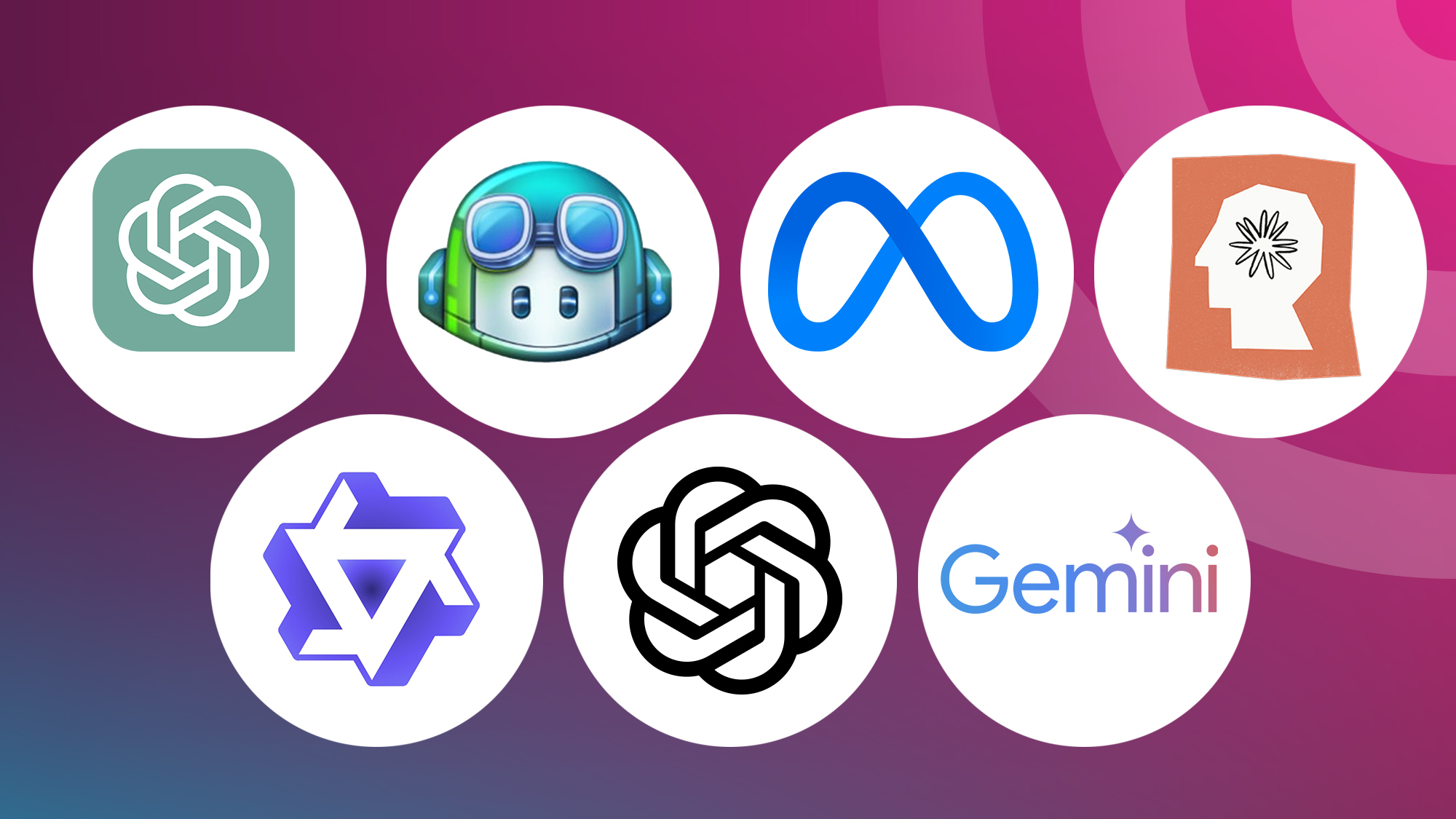What is a Large Language Model (LLM)?
Help others learn from this page
A large language model is not magic. It’s statistics at scale — predicting words based on patterns in massive amounts of text.

Most LLMs are trained on the internet.
Large Language Models, or LLMs, are advanced AI systems trained to understand and generate human language. They're called 'large' because they’re built using massive datasets — sometimes hundreds of billions of words — and have billions (or even trillions) of parameters, which are like the knobs and dials that help the model learn patterns in text.
At their core, LLMs are really good at predicting what word (or character, or token) comes next in a sentence. That might sound simple, but when trained at scale, this ability lets them do a surprising number of complex tasks: writing code, summarizing articles, answering questions, translating languages, and even holding conversations.
Think of it like this: imagine an AI that has read most of the internet — books, articles, technical manuals, Reddit threads, everything. It doesn't understand language the way a human does, but it has seen so many examples of how we use words that it can mimic intelligent responses with impressive fluency.
When you ask a question or give it a prompt, an LLM draws on the patterns it learned during training to generate a response that sounds natural and often feels insightful. It doesn’t “look things up” unless you explicitly connect it to external tools (like in Retrieval-Augmented Generation). Instead, it responds based on all the text it was trained on and the statistical relationships between words and phrases.
For example, you might ask:
"What’s the difference between a class and a function in JavaScript?"
Even though it’s just predicting text, the model can give a coherent, helpful answer because it has seen that kind of question — and many variations — during training. This ability to generalize across topics makes LLMs extremely powerful across a wide range of tasks, from writing and coding to tutoring and brainstorming.
They’re the backbone behind modern tools like ChatGPT, Claude, Bard, and GitHub Copilot — and the reason these tools feel so conversational and capable. Without LLMs, none of today’s advanced AI experiences would be possible.
FAQ
What is a large language model (LLM)?
How does an LLM work?
What are LLMs used for?
Are large language models the same as AI?
Related Stuff
- Transformer Models: The architecture at the core of all LLMs
- Tokenization: How LLMs break down language into small units
- Few-Shot Learning: Giving LLMs examples so they do a better job
- Prompt Engineering: How to communicate with LLMs effectively